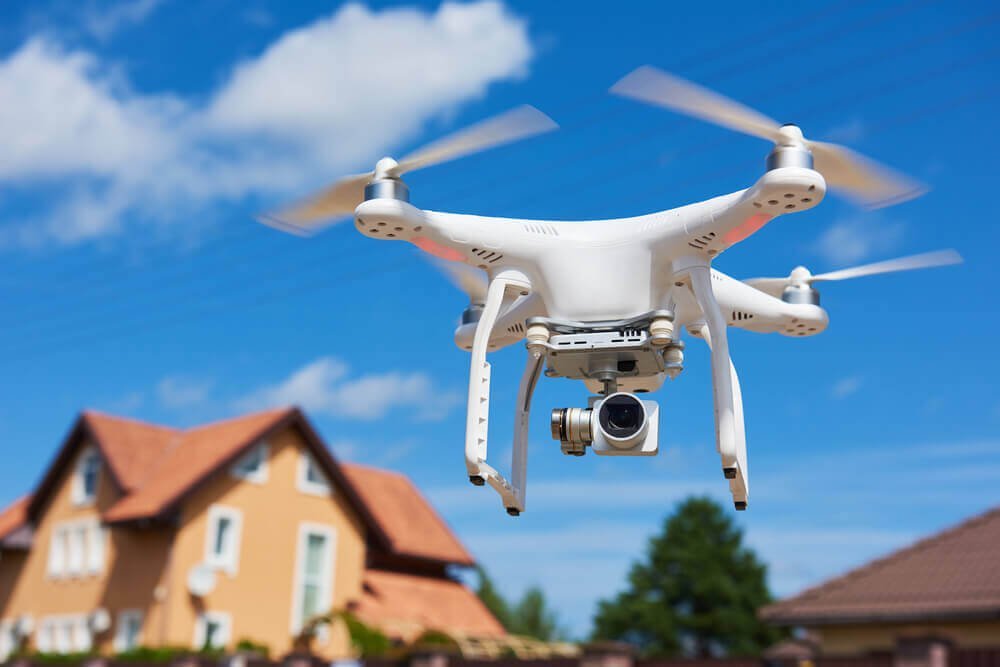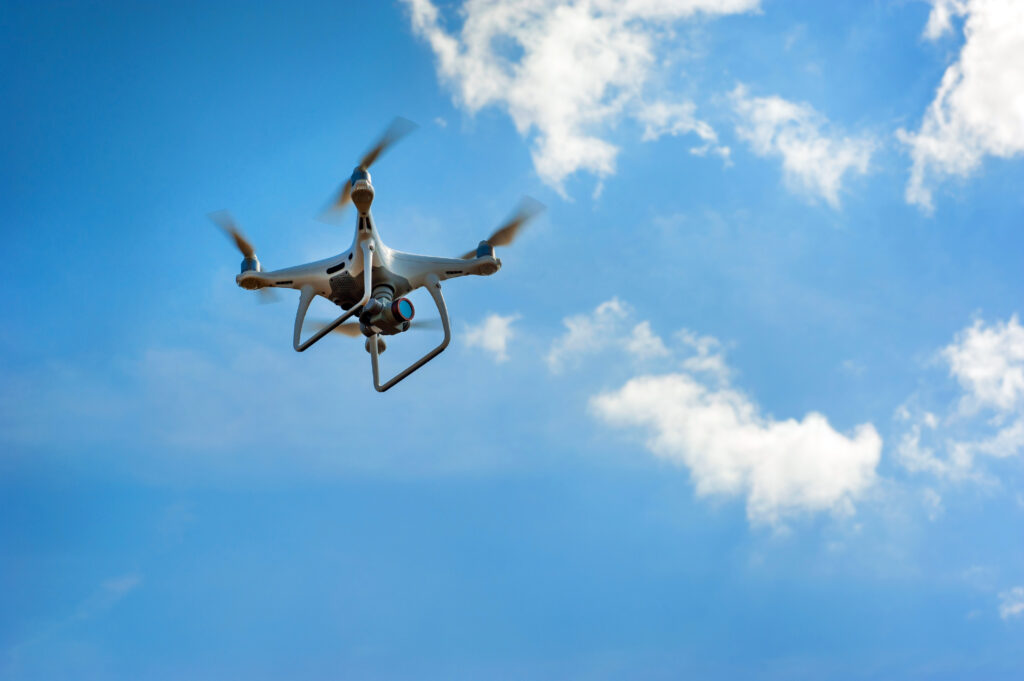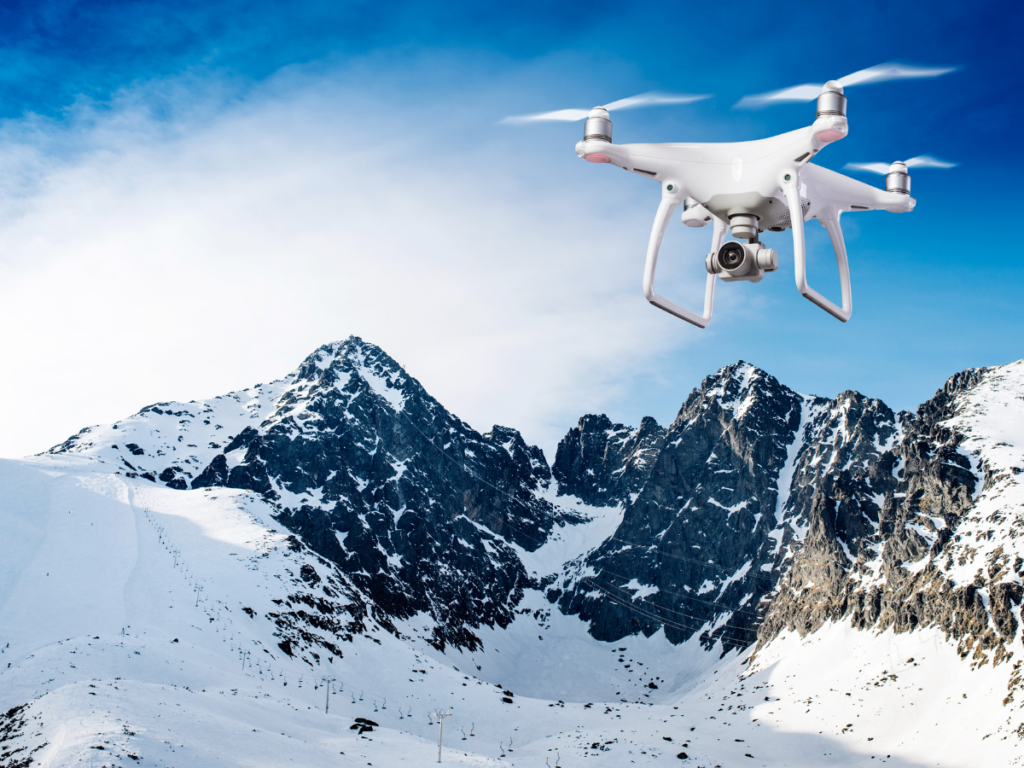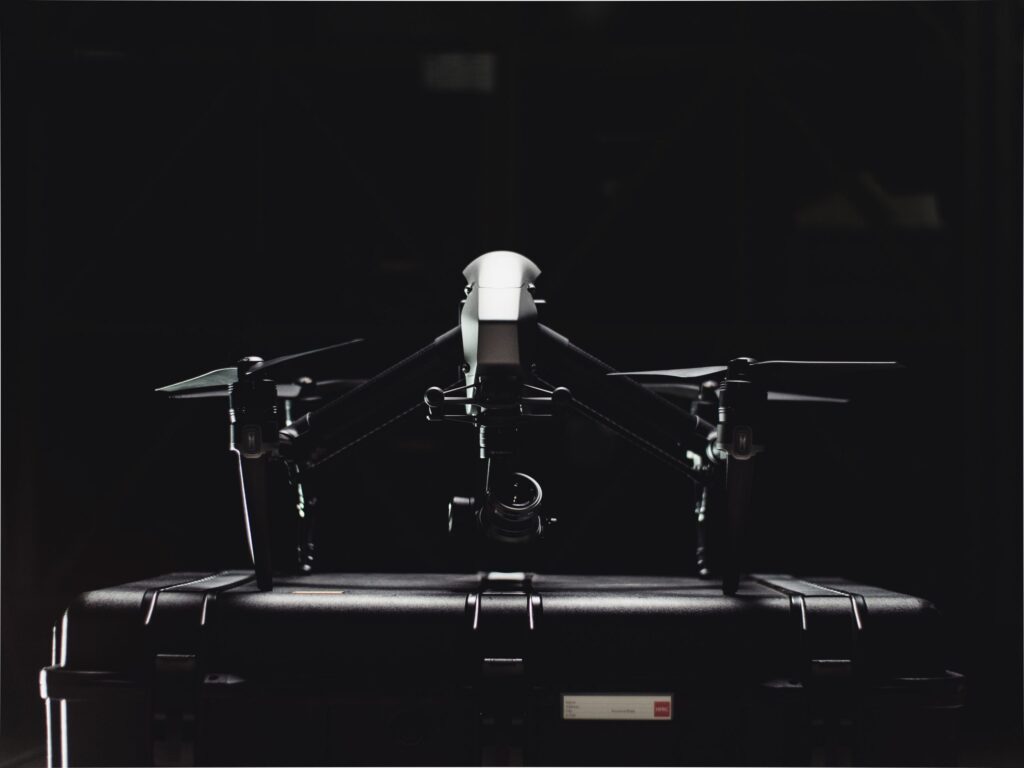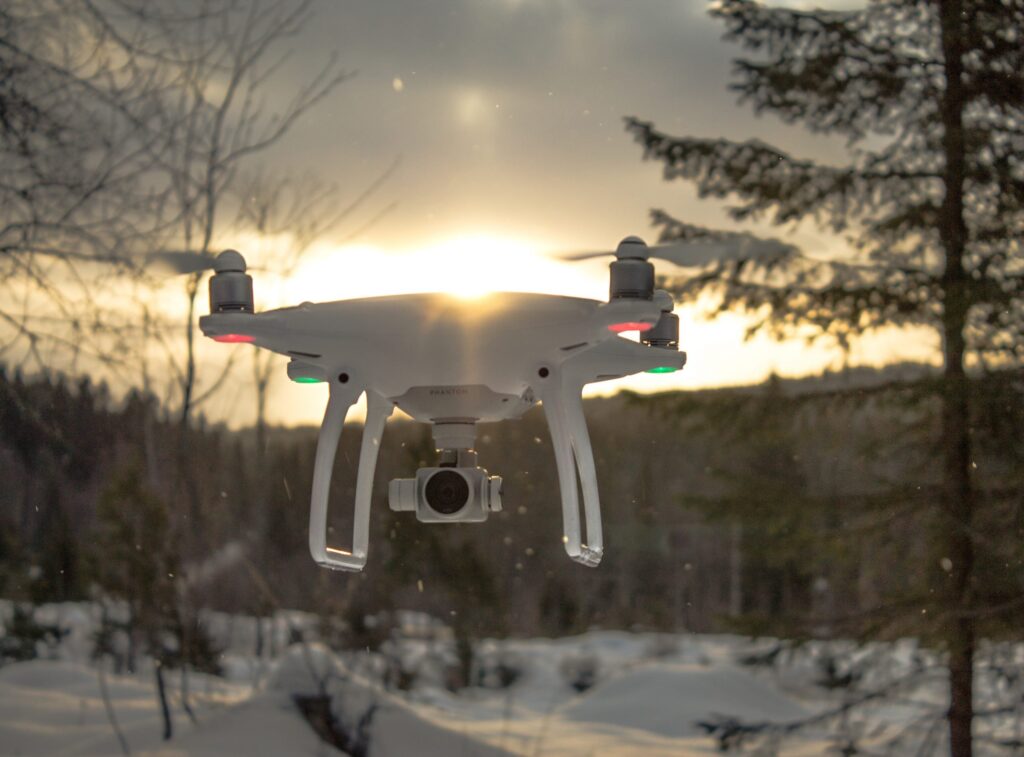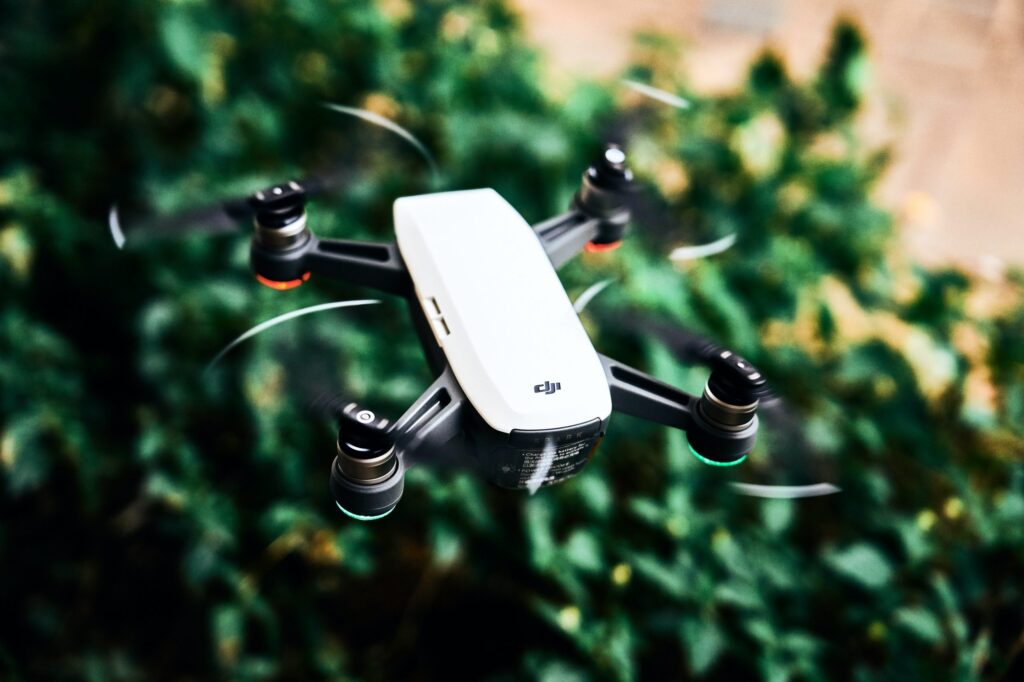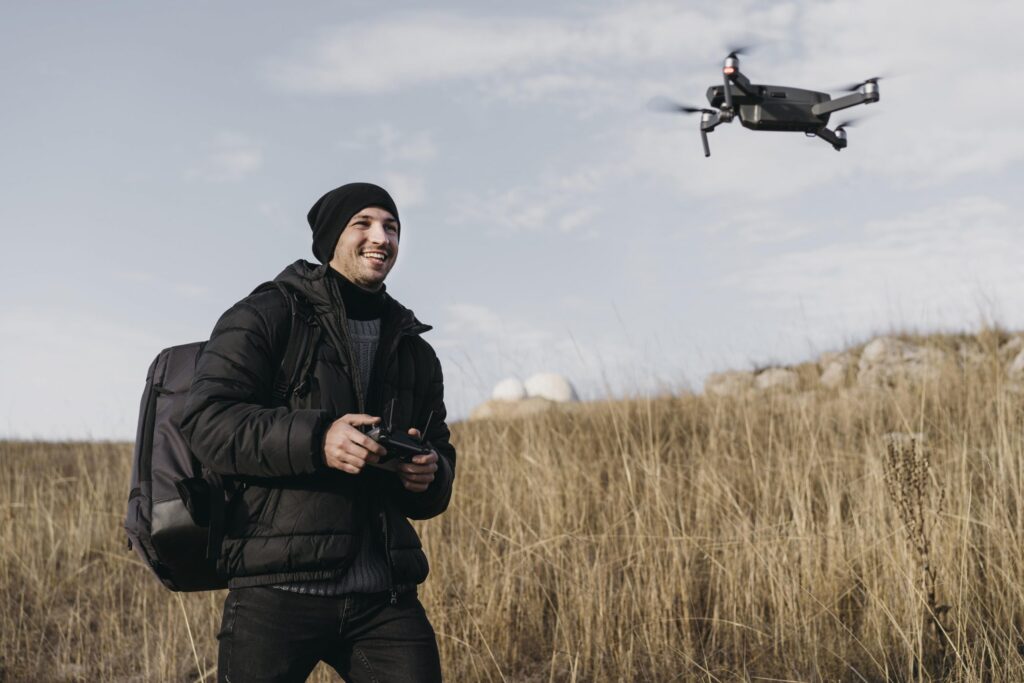Drones are great fun, and if you love yours or want to get started in the hobby, it pays to know all the rules and regulations. You are responsible for the way your drone interacts with other drones, people on the ground, and larger aircraft. Drone regulations in Ontario are clearly laid out by Transport Canada, and these regulations make it possible for us all to enjoy our drones safely.
Why Have Regulations at All?
People have been flying things like drones, often with little regulation, since the early 20th century. But things are different these days. Drones are far more sophisticated and capable of longer, higher, and faster flight. It’s also easier for the average person to get their hands on a drone, meaning there are more in the air. And drones can be very dangerous.
Even a small hobby drone is capable of slicing straight through the wing of a commercial aircraft under the right circumstances, which is why a drone sighting at London’s Gatwick airport shut down the airport completely back in 2018. Modern drones also present national security and personal privacy risks now that even small ones are capable of holding sophisticated cameras.
Regulations are there to make sure responsible, law-abiding people can enjoy their drones to the fullest while providing a measure of protection from bad actors and the irresponsible.
15 Things to Know About Drone Regulations in Ontario
You’re a Pilot
You may not be up in the skies yourself, but you are a pilot, and as such you’re responsible to know the rules of the Canadian Aviation Regulations. Most things that apply to you as a drone pilot are covered in Part IX, but it’s a good idea to be familiar with the whole document.
Your Drone Has to Be Registered
To fly your drone legally, you have to get it registered. Once you get your drone’s registration number, it must be prominently displayed on your drone. When you register, you’ll give not only your own information but also detailed particulars about your drone. If you ever lose your drone to a thief or an errant gust of wind, it’ll be easier to find it again.
You Have to Be Able to See It
Whenever you’re flying, you or an official visual observer (a member of your “crew”) must be able to see your drone at all times. There are exceptions if you have a special flight operations certificate.
There Are Some Place You Can Never Go
You can never fly outside Canadian Domestic Airspace, and you can never fly within restricted airspace unless you’re actually a Special Use Restricted Airspace drone pilot and are actively doing your job with your drone.
Thankfully, Transport Canada has an interactive map (https://nrc.canada.ca/en/drone-tool/) that gives you a good idea of where in Ontario you’re allowed to fly. The other bit of good news is that, given the population density, Ontario has a lot less restricted space than most other provinces. You can expect restricted space around all heliports and airports and in national parks.
There Are Some Places You Sometimes Can’t Go
Restricted space can pop up at any time when there’s an emergency. Wildfires, traffic accidents, floods: keep your drones away from all these areas so there’s no chance your drone might interfere with emergency personnel or their aircraft. You also can’t fly around events, like sport matches or concerts, unless you have a Special Flight Operations Certificate.
You Have to Share Your Space
Before you fly, you’ll need to check the Notice to Airmen (NOTAMs) at NAV Canada to make sure there are no warnings or notices that apply to the area where you want to fly. (https://flightplanning.navcanada.ca/cgi-bin/CreePage.pl?Langue=anglais&NoSession=&Page=Fore-obs%2Fnotam&TypeDoc=html) The NOTAM will also give you weather and wind reports, so checking the NOTAMs makes sense to keep your drone safe and your flights enjoyable.
You Should Report Inadvertent Flight Into Controlled Space
If a gust of wind or a software malfunction sends your drone across the boundary between controlled and uncontrolled airspace, it’s your responsibility to notify air traffic control right away. Not only does this protect the people and aircraft in the controlled space, but it goes a long way towards showing you weren’t doing anything wrong. Given that the fine for flying in restricted space is $25,000, it’s worth making it clear that your wander was accidental or out of your control.
You Always Give Way
Unnamed remote aircraft always have to give way to everything else: including gliders and balloons!
You Can’t Drink and Fly
Ontario regulations make it a violation to fly or even act as a crew member for a drone if you’re within 12 hours of having had a drink. If you’re planning some early morning flights, you might need to give that twenty-sixer a miss the night before.
You’re in Charge
You’ll like this regulation: if you’re the pilot of a drone, every member of your crew is legally obligated to comply with all your instructions as long as the drone is in flight. Make sure you remind them of this often.
You Can Only Go So High
No matter what your drone is capable of, you are restricted to flying no higher than 120m in general and no more than 30m over any kind of structure. You also can’t be any closer than 60m horizontally from a building. As with some of the other regulations, you can get an exemption for this under certain circumstances, but you’ll need a special flight operations certificate.
You Need to Keep the Manual
You’re not allowed to take off unless you have the manufacturer’s operating manual available to everyone on the crew. If the drone maker didn’t provide a manual, then you’re free of this requirement. Required or not, though, it’s always a good idea to have the manual around, just in case.
You Can Use a First-Person View Device, With a Caveat
First-person viewing devices make drone flying exciting, but to use yours you’ll need to have a visual observer around to keep an eye on the drone the whole time.
You Have to Stop Flying After an Incident
If your drone is involved in an incident, you have to stop flying for a while. An “incident” could be an occasion where someone is hurt, the aircraft leaves your control, you have a collision or risk of one with another aircraft, or any time a police report is filed. You can resume once you’ve done an analysis of the incident, and you have to keep that analysis for a year in case the authorities want to see it.
You Need a Pilot’s License
To fly your drone legally, it’s not enough just to know about drone regulations in Ontario. You also need a proper license. For most people, the basic pilot certificate is enough, but if you want to do any advanced operations, you need an advanced operations certificate. To get your certificate, you’ll need to pass an exam, take some training, and pass a flight review overseen by an authorized inspector.
Beyond Drone Regulations in Ontario
Taking a basic operations course does a lot more than make you familiar with drone regulations in Ontario. It shows you how to make the most of your flying experience and enjoy your drone to the fullest. Reach out to Drone Pilot Training today to learn more about how to stay safe and have fun flying your drone.

